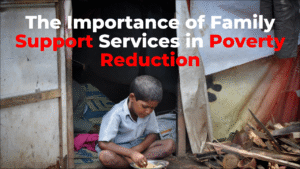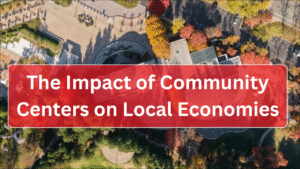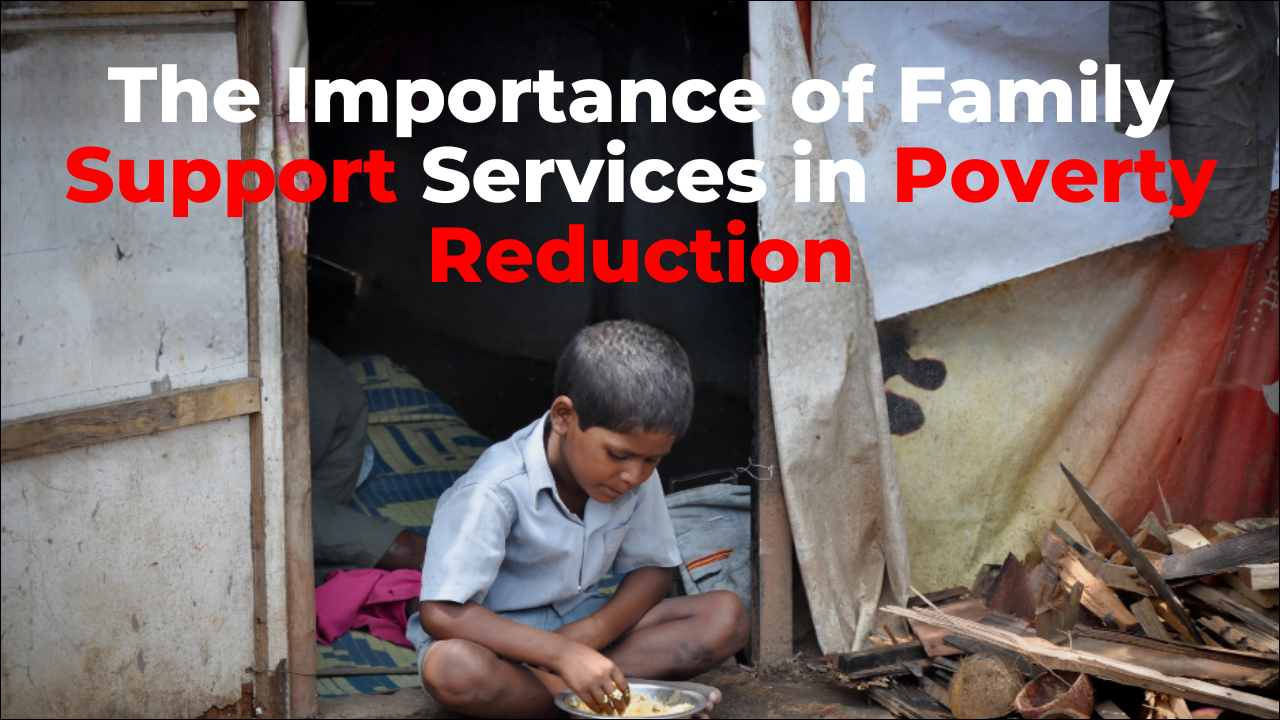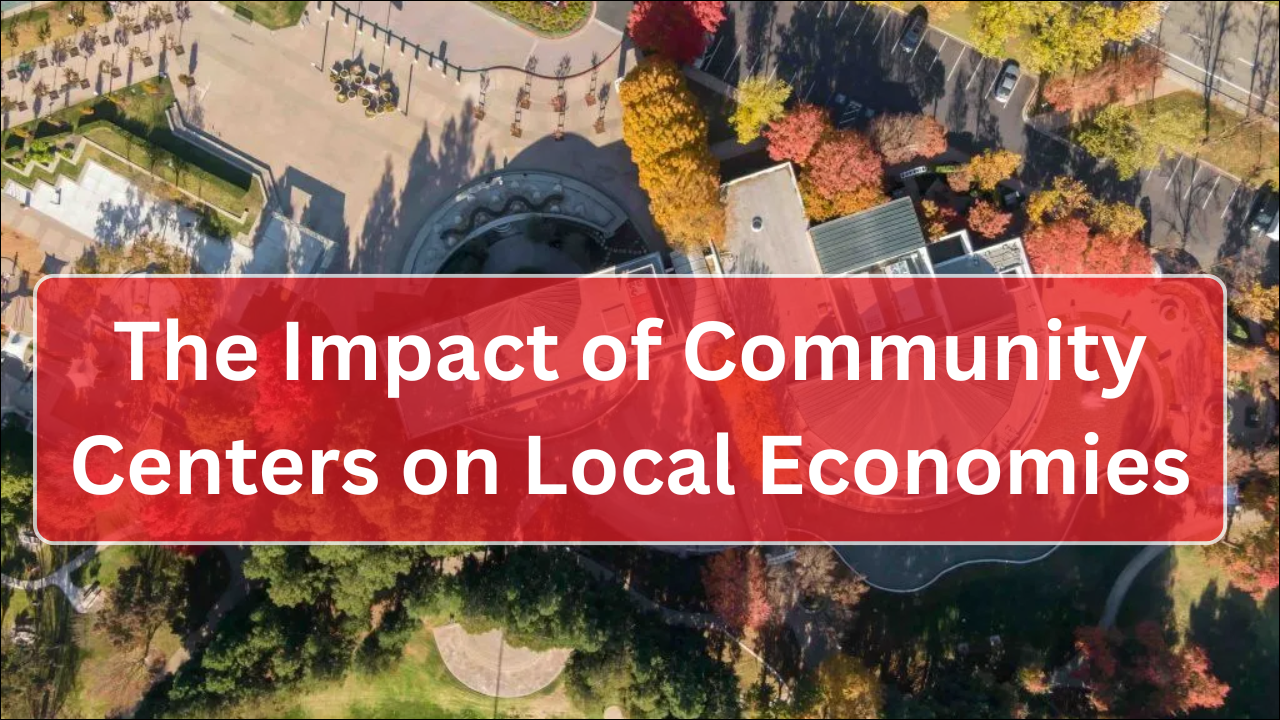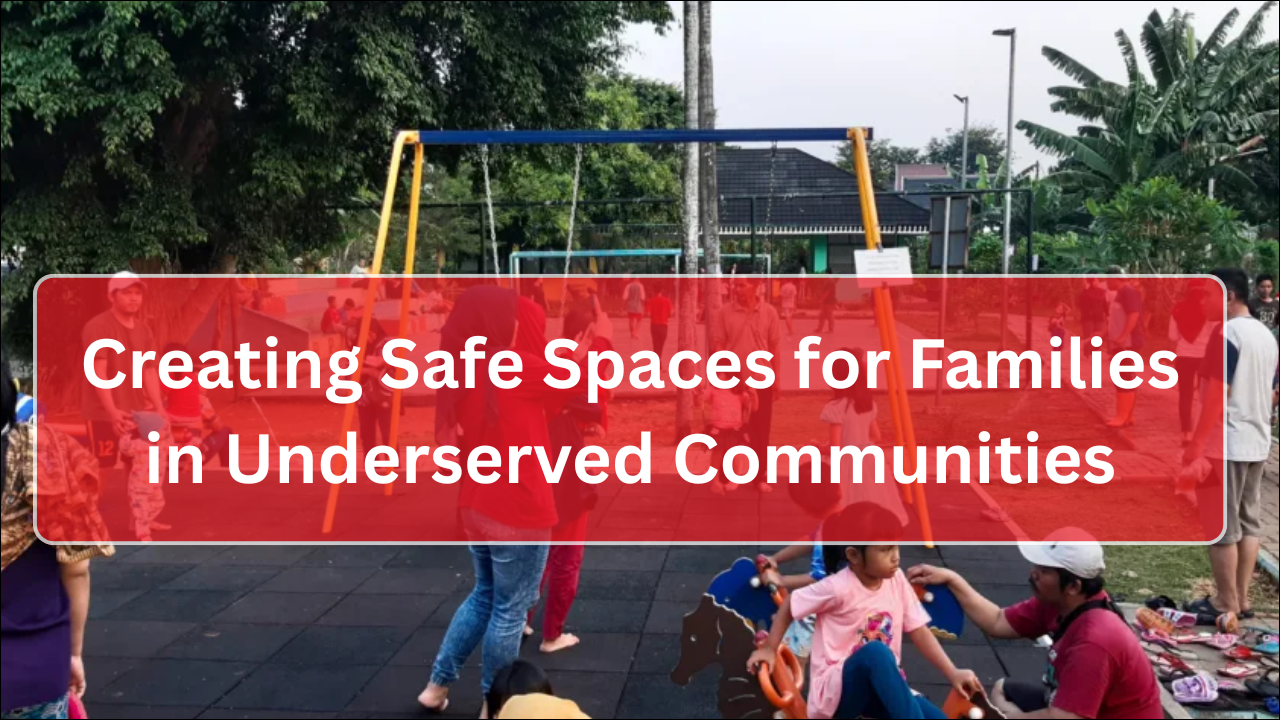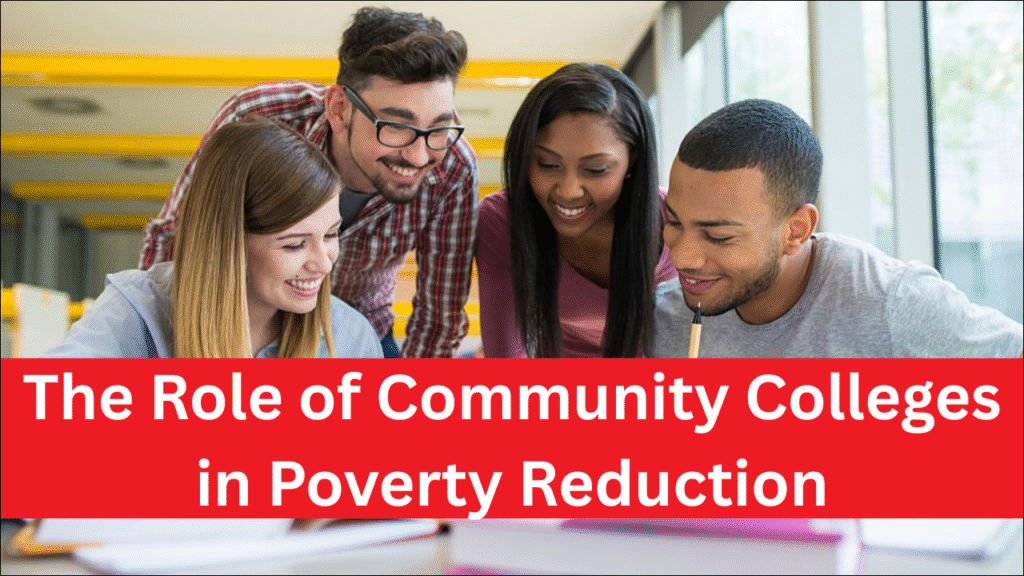
Community colleges serve as vital instruments in reducing poverty by providing accessible, affordable, and flexible education and training opportunities. Institutions like Sinclair Community College, in partnership with programs at The Hope Center for Families, demonstrate how community colleges empower low-income individuals and families through workforce development, adult education, and supportive services. By equipping students with skills, credentials, and career pathways, community colleges help break the cycle of poverty and promote long-term economic stability.
Table of Contents
1. Accessibility and Affordability
Community colleges provide education opportunities for individuals who might otherwise be excluded due to financial or logistical barriers.
- Lower tuition rates make post-secondary education attainable for low-income students.
- Open enrollment policies reduce barriers for adults returning to education.
- Flexible class schedules, including evening, weekend, and online courses, accommodate working students.
- Financial aid, scholarships, and grants further reduce the cost burden.
Accessibility Features and Poverty Reduction
| Feature | Purpose | Impact on Poverty |
|---|---|---|
| Low Tuition | Affordable education | Increased enrollment for low-income families |
| Open Enrollment | Broad access to programs | Opportunities for career advancement |
| Flexible Schedules | Evening, weekend, online classes | Balance work, family, and education |
| Financial Aid & Scholarships | Reduce out-of-pocket costs | Lower dropout rates and higher completion rates |
2. Workforce Development Programs
Community colleges prepare students for in-demand careers, improving employability and income potential.
- Vocational and technical programs provide industry-specific training.
- Certification programs validate skills, increasing employability.
- Apprenticeships and internships offer hands-on experience and job connections.
- Soft skills training enhances communication, teamwork, and professional conduct.
Workforce Programs and Economic Impact
| Program | Focus | Poverty Reduction Outcome |
|---|---|---|
| Technical Training | IT, healthcare, manufacturing | Higher-paying jobs and career mobility |
| Certification Programs | Industry credentials | Improved employability and job security |
| Internships & Apprenticeships | Practical experience | Smooth transition into the workforce |
| Soft Skills Workshops | Communication, problem-solving | Greater workplace success and retention |
3. Adult Education and Lifelong Learning
Adult education programs address gaps in foundational skills and enable career advancement.
- GED and high school completion programs provide essential qualifications.
- Adult literacy programs improve reading, writing, and numeracy.
- Continuing education courses and professional development support career growth.
- Lifelong learning opportunities allow adults to adapt to evolving labor market demands.
4. Family and Two-Generation Approaches
Community colleges support not just individual students but entire families.
- Programs encourage parents to pursue education while children receive early childhood support.
- Family literacy initiatives involve parents and children in learning activities.
- Parental employment and education improvements enhance family economic stability.
- Collaboration with community centers ensures wraparound services for holistic family support.
Two-Generation Education Programs
| Program Component | Target Group | Impact on Poverty |
|---|---|---|
| Parent Education | Adults seeking skills or credentials | Increased household income |
| Early Childhood Support | Children of student-parents | Improved school readiness and long-term success |
| Family Literacy | Parents and children learning together | Strengthened intergenerational educational outcomes |
| Wraparound Services | Families receiving holistic support | Enhanced stability and opportunity |
5. Support Services to Enhance Completion
Supportive services reduce barriers that may prevent low-income students from completing programs.
- Academic advising and tutoring improve retention and success rates.
- Career counseling guides students toward meaningful employment.
- Childcare services and transportation assistance remove logistical barriers.
- Mental health and wellness programs ensure students remain resilient and focused.
6. Collaboration with Local Employers and Organizations
Community colleges work with employers and community organizations to create pathways out of poverty.
- Employer partnerships align curricula with labor market needs.
- Job placement programs connect graduates with local employment opportunities.
- Community organizations provide complementary services like housing, nutrition, and health support.
- Internship and apprenticeship opportunities create pipelines into stable careers.
7. Economic Mobility and Long-Term Benefits
Education at community colleges improves lifetime earning potential and overall family well-being.
- Graduates earn higher wages compared to non-degree holders.
- Access to stable employment reduces reliance on social services.
- Educational attainment correlates with improved health outcomes for students and their families.
- Families experience greater economic security, reducing intergenerational poverty risks.
Economic Outcomes of Community College Education
| Metric | Measurement | Impact on Poverty |
|---|---|---|
| Employment Rate | Post-graduation job placement | Increased household income |
| Wage Growth | Median earnings | Financial stability and upward mobility |
| Program Completion | Certificates and degrees earned | Career advancement opportunities |
| Family Stability | Housing, nutrition, and childcare | Reduced reliance on social assistance |
8. Addressing Social Inequities
Community colleges actively reduce barriers faced by marginalized populations.
- Outreach programs target underrepresented groups, including minorities and first-generation students.
- English as a Second Language (ESL) and multicultural support services improve accessibility.
- Equity-focused initiatives ensure that low-income and marginalized families receive resources to succeed.
- Programs address systemic challenges in education, employment, and social mobility.
9. Challenges and Solutions
Despite their impact, community colleges face obstacles in reducing poverty.
- Funding Constraints: Need for sustainable state and federal support.
- Retention and Completion: Support services and flexible programming help prevent dropout.
- Awareness Gaps: Outreach ensures that low-income families know about opportunities.
- Integration with Community Resources: Partnerships with nonprofits and social services maximize impact.
10. Community and Societal Impact
Community colleges contribute to broader social and economic development.
- Skilled graduates strengthen the local workforce and attract employers.
- Families achieve economic stability, reducing dependence on public assistance programs.
- Improved education levels correlate with enhanced civic engagement and social participation.
- Communities benefit from reduced poverty, stronger families, and long-term prosperity.
Community-Level Benefits
| Area | Outcome | Community Impact |
|---|---|---|
| Workforce | Skilled and credentialed employees | Economic growth and competitiveness |
| Education | Higher attainment levels | Reduced intergenerational poverty |
| Family Stability | Improved income and resilience | Stronger, self-sufficient households |
| Social Equity | Access for marginalized populations | Inclusive community development |
Final Analysis
Community colleges are essential in reducing poverty by providing accessible education, workforce development, and holistic family support. Institutions like Sinclair Community College, in collaboration with programs at The Hope Center for Families, equip low-income individuals with the skills, credentials, and resources needed to achieve economic mobility. By fostering lifelong learning, family stability, and workforce readiness, community colleges create pathways out of poverty, benefiting not only students and their families but also the broader community and local economy.

